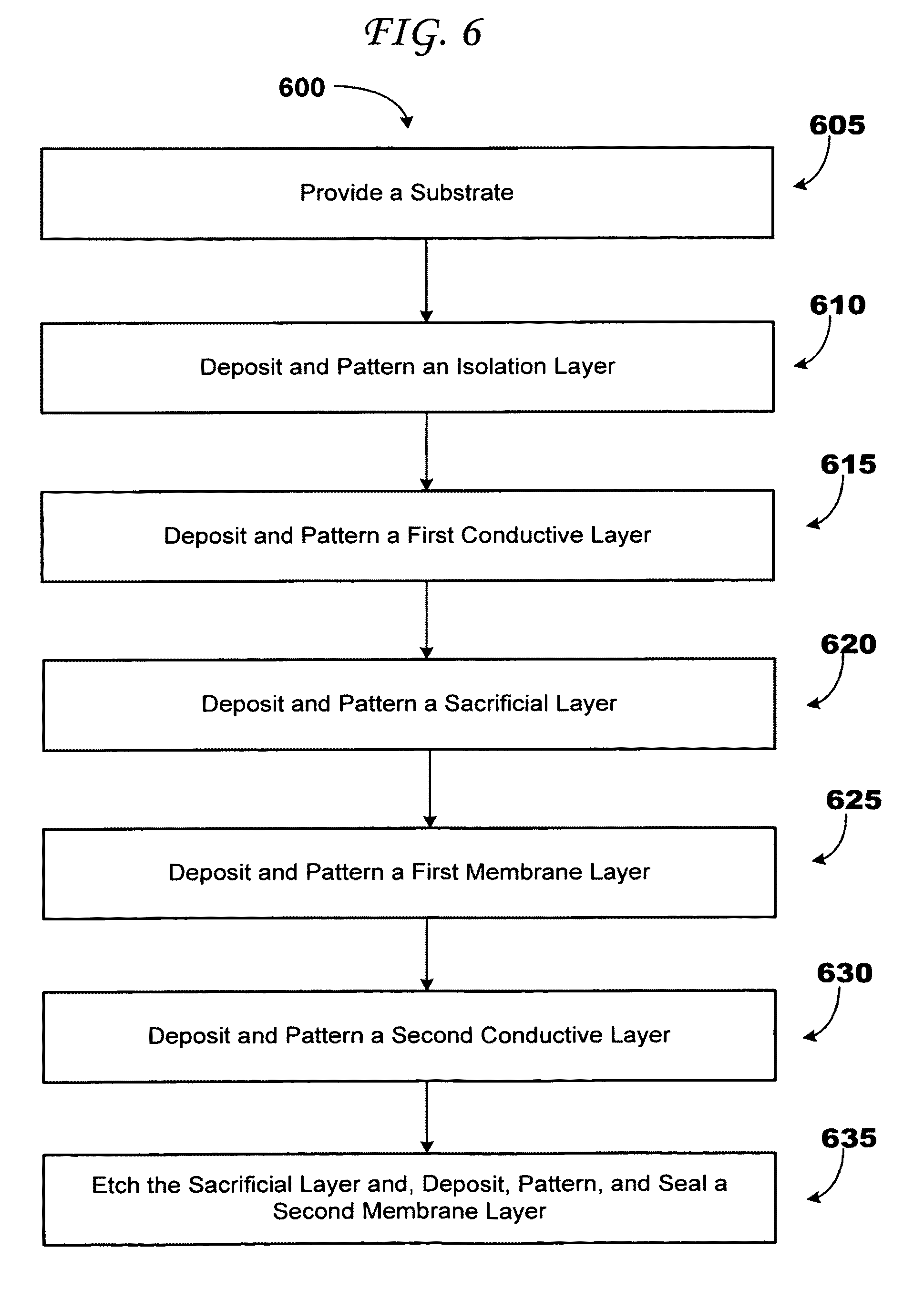Georgia Tech inventors have developed a method to fabricate separate transmitting and receiving electrodes for the cMUT elements. The size and orientation of the transmitting electrodes are chosen to maximize transmitting power, and the locations are chosen to minimize the destructive capacitance between transmitting and receiving electrodes. The receiving electrodes are likewise optimized. This method allows for both the transmitting and receiving signals to be optimized, rather than just the transmitting signal. Additionally, the technology can be adapted to generate multiple receiving signals from a single transmitting electrode, which could reduce dead zones in imaging. These improve images can strongly benefit the healthcare industry, improving quality of information healthcare professionals receive from testing, therefore improving patient experience.
- Optimized – allows for both transmitting and receiving signals to be optimized
- Reduced Interference – reduces interference in receiving and transmitting signals to reduce dead zones
- Ultrasound imaging
- Healthcare
Capacitive micro-machined ultrasonic transducer (cMUT) devices generally combine mechanical and electric components in very small packages. The mechanical and electronic components operate together to transform mechanical energy into electrical energy and vice versa. These devices can be used to transmit and receive ultrasonic acoustical waves during ultrasonic imaging through the use of a single receiving and transmitting electrode. The use of a single electrode degrades the received signal and can result in dead zones in images, areas of an image with little to no information about the imaged substrate.

